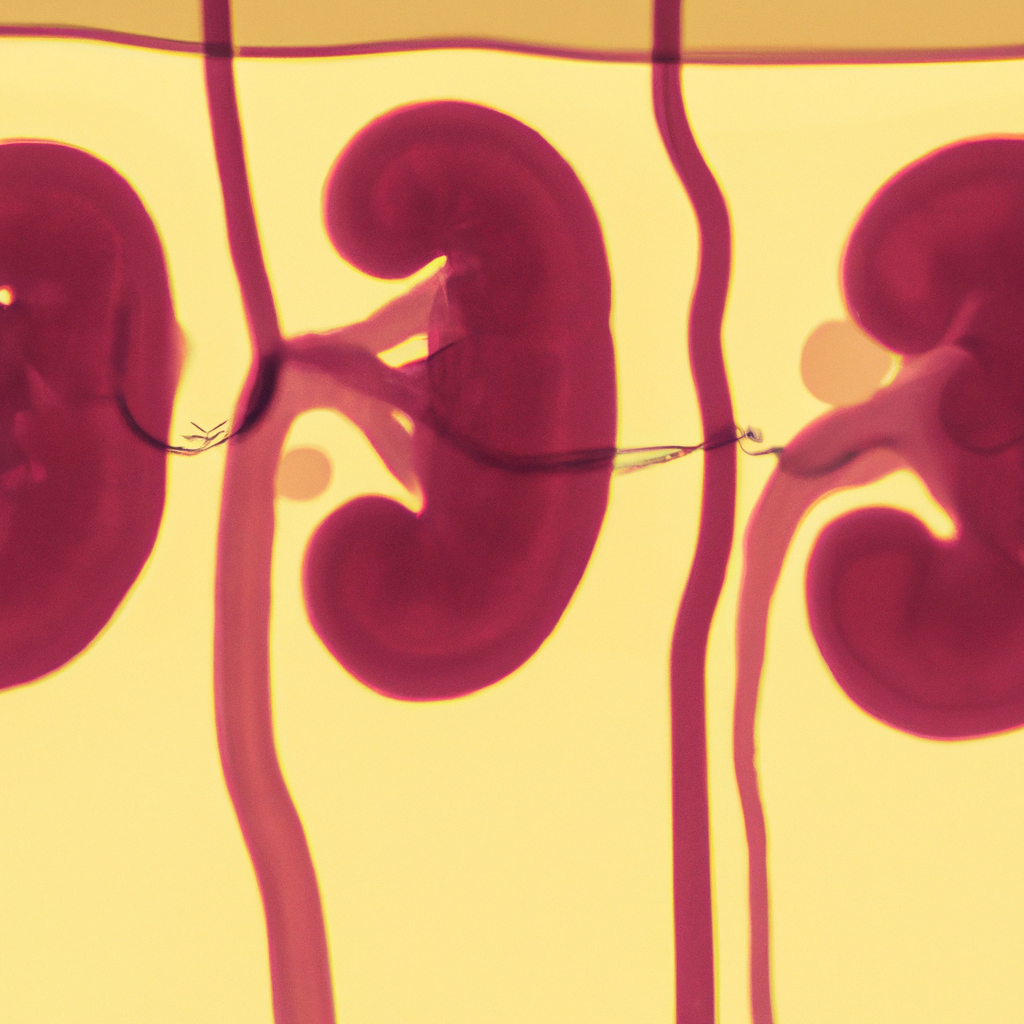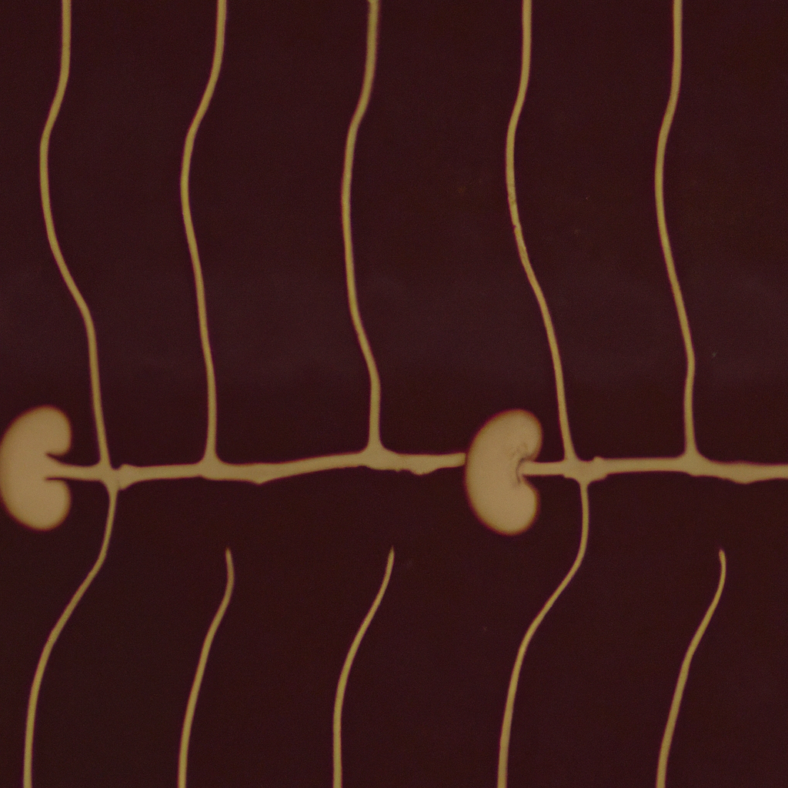-
Reading Roadmap
- Correlation of Kidney Tubular Indicators with Onset Macroalbuminuria and Consistent Low eGFR in DCCT/EDIC Studies
- Key Takeaways
- Introduction: Unraveling the Correlation
- Understanding Kidney Tubular Indicators
- The DCCT/EDIC Studies: A Closer Look
- Implications for Early Detection and Management
- FAQ Section
- What are kidney tubular indicators?
- What is macroalbuminuria?
- What is eGFR?
- What are the DCCT/EDIC studies?
- How can the findings of the DCCT/EDIC studies be used in clinical practice?
- Conclusion: The Significance of the Correlation
- Further Analysis
- Key Takeaways Revisited
Correlation of Kidney Tubular Indicators with Onset Macroalbuminuria and Consistent Low eGFR in DCCT/EDIC Studies

[youtubomatic_search]
Key Takeaways
- DCCT/EDIC studies have shown a significant correlation between kidney tubular indicators and the onset of macroalbuminuria and consistent low eGFR.
- Increased levels of kidney tubular markers are associated with a higher risk of developing macroalbuminuria and a consistent low eGFR.
- Early detection of kidney disease through monitoring of kidney tubular indicators can lead to better management and treatment outcomes.
- Further research is needed to establish the exact mechanisms behind the correlation and to develop more effective treatment strategies.
- Understanding the correlation can help in the development of preventive measures and early intervention strategies for kidney disease.
Introduction: Unraveling the Correlation
The Diabetes Control and Complications Trial (DCCT) and the Epidemiology of Diabetes Interventions and Complications (EDIC) studies have provided valuable insights into the correlation between kidney tubular indicators and the onset of macroalbuminuria and consistent low estimated glomerular filtration rate (eGFR). This correlation is significant as it can help in the early detection and management of kidney disease, particularly in individuals with diabetes.
Understanding Kidney Tubular Indicators
Kidney tubular indicators, such as neutrophil gelatinase-associated lipocalin (NGAL), kidney injury molecule-1 (KIM-1), and liver-type fatty acid-binding protein (L-FABP), are proteins that are released into the urine when the kidney tubules are damaged. These indicators can serve as early markers of kidney disease, even before the onset of macroalbuminuria and a consistent low eGFR, which are traditional markers of kidney disease.
The DCCT/EDIC Studies: A Closer Look
The DCCT/EDIC studies, which were conducted over a period of 30 years, involved a large cohort of individuals with type 1 diabetes. The studies found that increased levels of kidney tubular markers were associated with a higher risk of developing macroalbuminuria and a consistent low eGFR. This suggests that kidney tubular damage may precede the onset of these traditional markers of kidney disease.
Implications for Early Detection and Management
The findings of the DCCT/EDIC studies have significant implications for the early detection and management of kidney disease. By monitoring kidney tubular indicators, healthcare providers can identify individuals at risk of developing kidney disease at an earlier stage, allowing for more timely intervention and potentially better treatment outcomes.
FAQ Section
What are kidney tubular indicators?
Kidney tubular indicators are proteins that are released into the urine when the kidney tubules are damaged. They can serve as early markers of kidney disease.
What is macroalbuminuria?
Macroalbuminuria is a condition characterized by an abnormally high amount of albumin in the urine. It is a traditional marker of kidney disease.
What is eGFR?
eGFR, or estimated glomerular filtration rate, is a measure of how well the kidneys are filtering wastes from the blood. A consistent low eGFR is another traditional marker of kidney disease.
What are the DCCT/EDIC studies?
The DCCT/EDIC studies are long-term studies that have provided valuable insights into the correlation between kidney tubular indicators and the onset of macroalbuminuria and consistent low eGFR.
How can the findings of the DCCT/EDIC studies be used in clinical practice?
The findings can be used to identify individuals at risk of developing kidney disease at an earlier stage, allowing for more timely intervention and potentially better treatment outcomes.
Conclusion: The Significance of the Correlation
The correlation between kidney tubular indicators and the onset of macroalbuminuria and consistent low eGFR, as revealed by the DCCT/EDIC studies, is significant in the early detection and management of kidney disease. By monitoring these indicators, healthcare providers can identify individuals at risk at an earlier stage, leading to better treatment outcomes. Further research is needed to establish the exact mechanisms behind the correlation and to develop more effective treatment strategies. Understanding this correlation can also help in the development of preventive measures and early intervention strategies for kidney disease.
[youtubomatic_search]
Further Analysis
While the DCCT/EDIC studies have provided valuable insights, further research is needed to fully understand the correlation between kidney tubular indicators and the onset of macroalbuminuria and consistent low eGFR. This includes research into the exact mechanisms behind the correlation, as well as the development of more effective treatment strategies based on these findings. Additionally, more studies are needed to validate the use of kidney tubular indicators as early markers of kidney disease in different populations and settings.
Key Takeaways Revisited
- DCCT/EDIC studies have shown a significant correlation between kidney tubular indicators and the onset of macroalbuminuria and consistent low eGFR.
- Increased levels of kidney tubular markers are associated with a higher risk of developing macroalbuminuria and a consistent low eGFR.
- Early detection of kidney disease through monitoring of kidney tubular indicators can lead to better management and treatment outcomes.
- Further research is needed to establish the exact mechanisms behind the correlation and to develop more effective treatment strategies.
- Understanding the correlation can help in the development of preventive measures and early intervention strategies for kidney disease.

Leave a Reply